
Becoming a plant parent isn’t just a current trend—caring for houseplants has been something homeowners have been doing for decades. Any why wouldn’t you? Research shows that indoor plants contribute to our well-being, making us feel calm and less stressed. And as British interiors writer Ida Magntorn notes in her latest book The Sustainable Home (Pavilion Books, $23.95), plants also purify and clean our air. Magntorn explains:
“Just as the forest purifies our air outside, plants could purify the air inside, especially in a closed system room, but also in a standard home.” She notes that toxins that are particularly well absorbed by plants include:
- Benzene: Found in solvents, cleaning products, plaster, wallpaper, ceiling panels, textiles, paint and rubber.
- Formaldehyde: Found in particle board, plaster, furniture, wallpaper, textiles, paper products and paint.
- Trichloroethylene: Found in cleaning products, glue and varnish.
Joel Flagler, professor of Horticultural Therapy at Rutgers University in New Brunswick and Bergen County agent and department head for the Rutgers Cooperative Extension, adds that these three toxins are found in everyone’s home and office, but plants can help rid the air of them. “Houseplants are able to take up benzene, formaldehyde and trichloroethylene through the roots, the soil and the leaves, and thus render these products innocuous,” he says.
Scientific studies have shown that plants can have a positive effect on the air quality in our homes too, and people around the world respond to the color green and prefer man-made settings that include plants as opposed to those that don’t. For example, Mangtorn notes, NASA scientists recommend at least two good-sized plants for every 100 square feet of indoor space. “The bigger the plant, the more effective it is at ameliorating all those contaminants and giving off pure oxygen,” Flagler adds.
Another important quality of plants is photosynthesis, the process by which plants absorb carbon dioxide that humans breathe out and in turn release clean oxygen, Magntorn and Flagler explain. Though the process pauses at night when the sun goes down, some plants, particularly those that are native to deserts, actively absorb carbon dioxide and store the gas when it’s dark. For that reason, Magntorn recommends these plants, such as aloe vera, for the bedroom.
Which plants are best for the environment then? “It depends a little on how you look at it and which features should be considered,” she says, adding that the spider plant will “end up high on the list if you consider characteristics such as how easy it is to look after, how hardy it is and how easy to propagate.” Spider plants, however, aren’t the best at absorbing toxins. “But it’s better to have a living plant with reasonable absorption than no plant at all,” Magntorn says, noting that the sword fern and ivy are considered some of the best plants for absorbing toxins.
Really good plants, all things considered, are often the old favorites:
- Spider plant

- Devil’s ivy
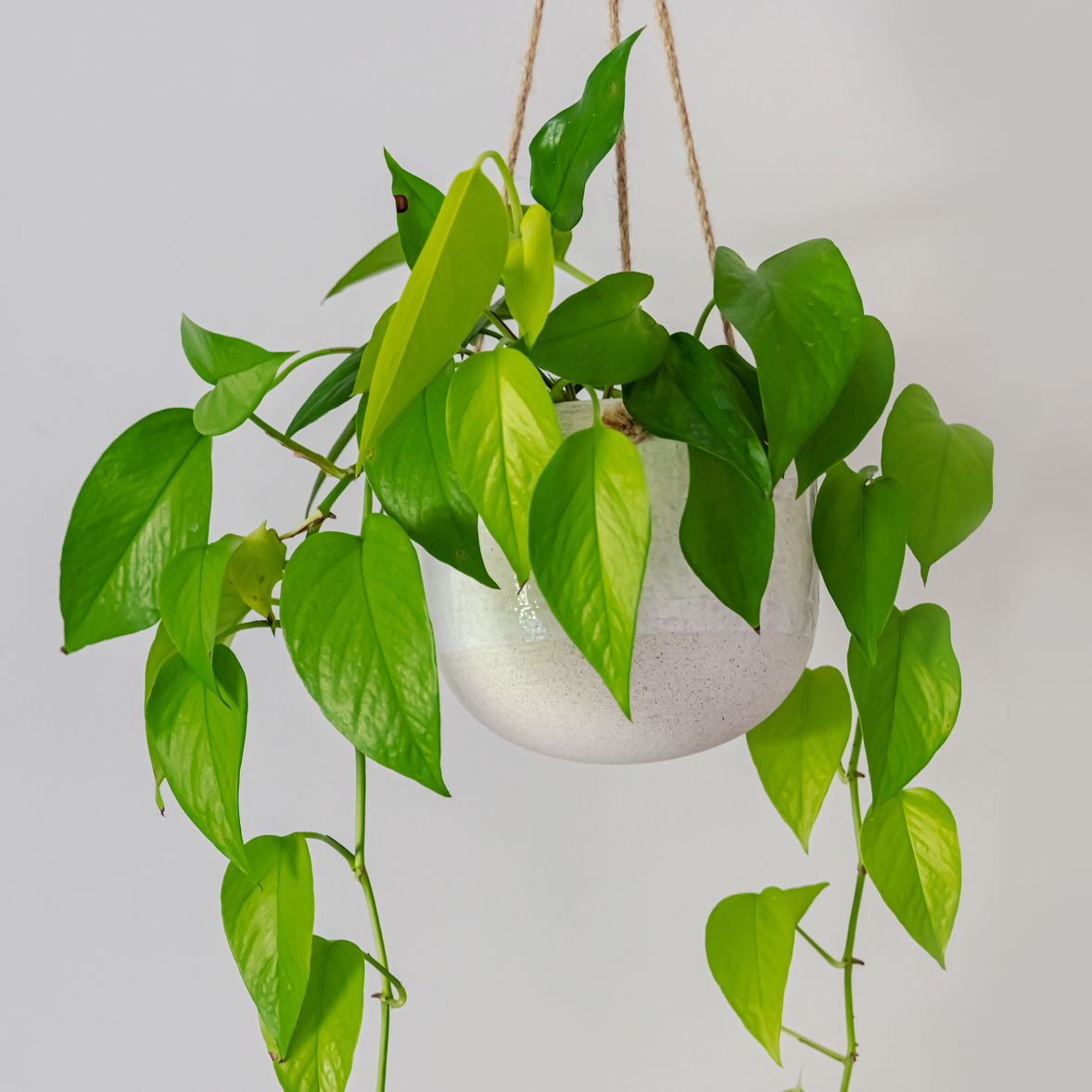
- Snake plant
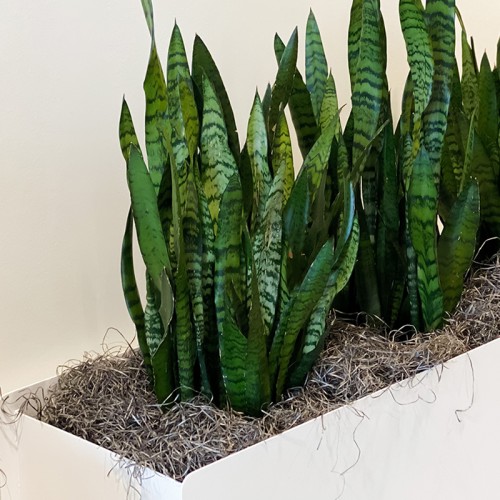
- Peace lily
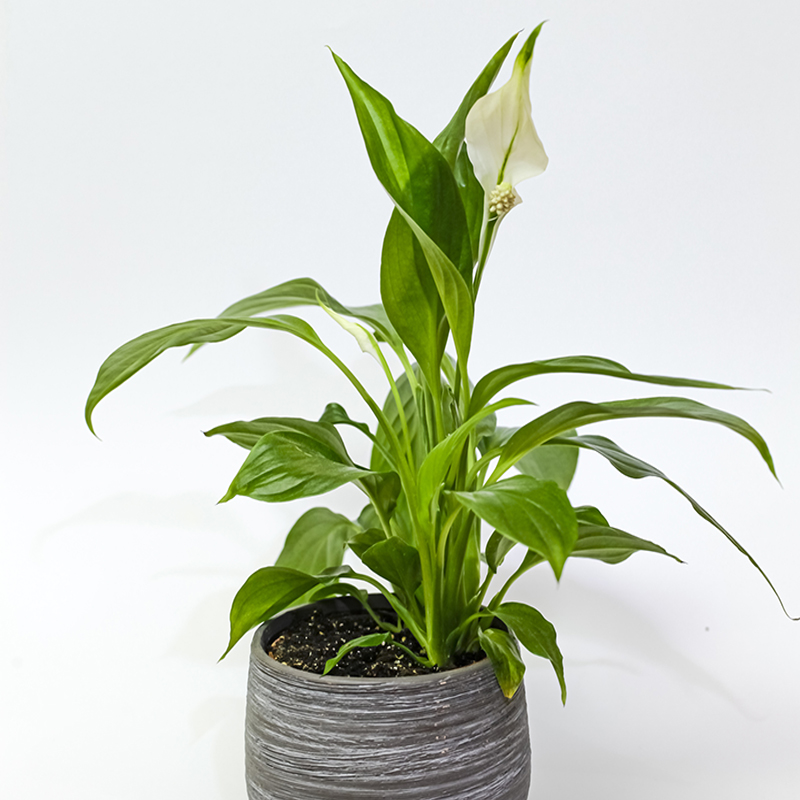
- Ivy

- Palm
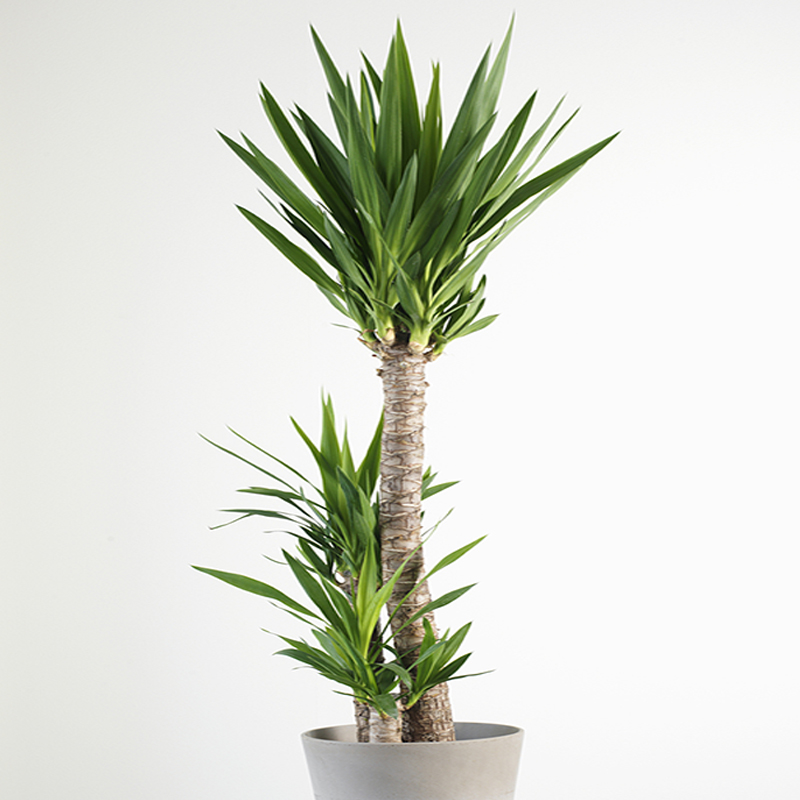
- Jade plant
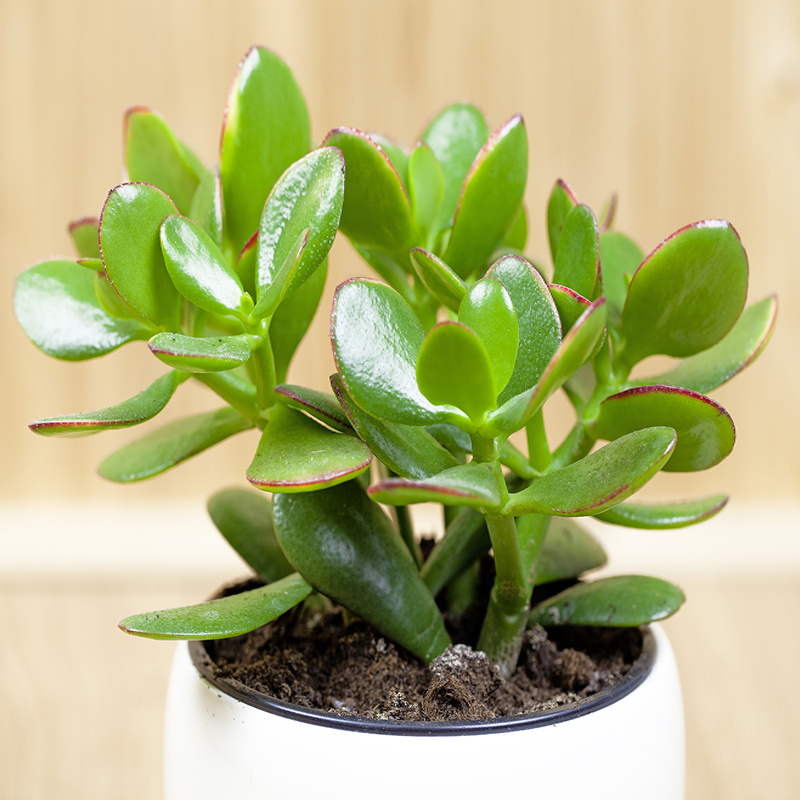
- Weeping fig
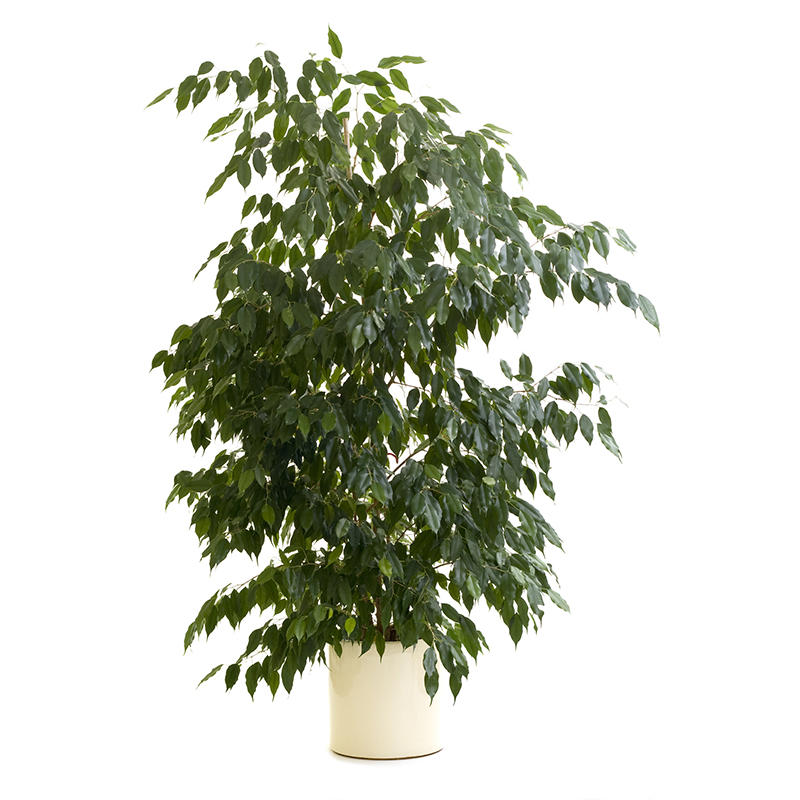
- Aloe vera
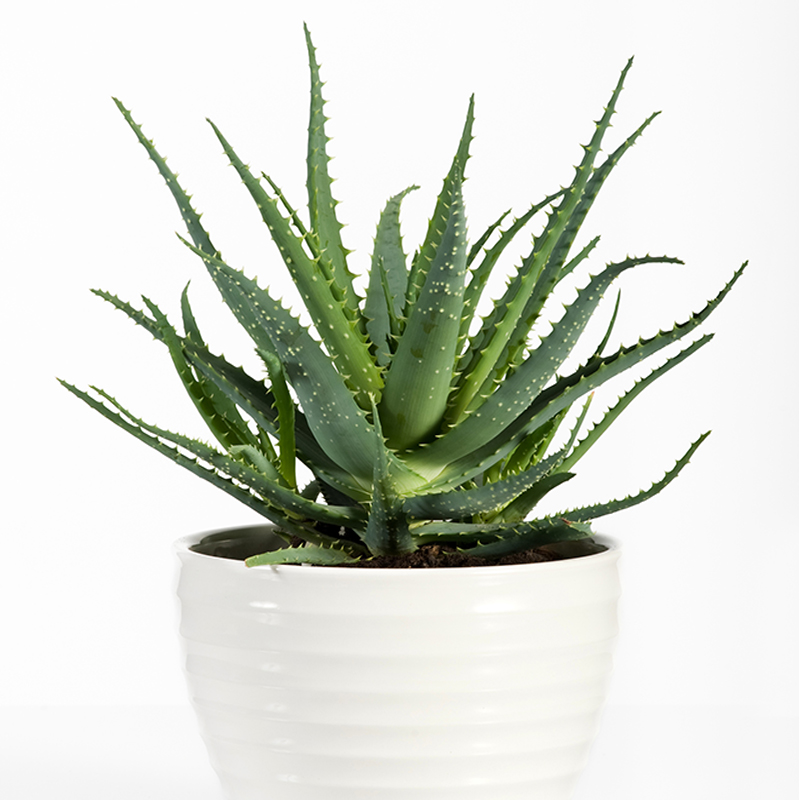
Once you have your plants, you can help them thrive through proper watering. Don’t know how much water to give? Simply look at the leaves, Magntorn says. “Succulents need less water since they can store it in their thick leaves,” she says. “Plants with thin and tender leaves often need more water. Flowering plants that are in bloom need more care and water. Green plants without flowers generally need less water.”
Plants like ivies and peace lilies require standard watering or about one-half cup of water a week. Other plants like devil’s ivy, snake plants and wax plants will need moderate watering—about two-thirds cup every second or third week. Those that require generous watering (spider plants, azaleas, hibiscus and hydrangeas) need a good soaking two to three times a week.
So, what should you keep in mind if you’re considering adding houseplants to your family? “If you’ve never done it before or you have some trepidations, give it a try, what can you lose?“ Flagler concludes. “Every grocery store carries house plants, in addition to garden centers and nurseries. Bring one home. The main cause of plant failure is overwatering, so give it some benign neglect and put it in a room where you spend a lot of time. We all can benefit from plants beyond by just eating them.”